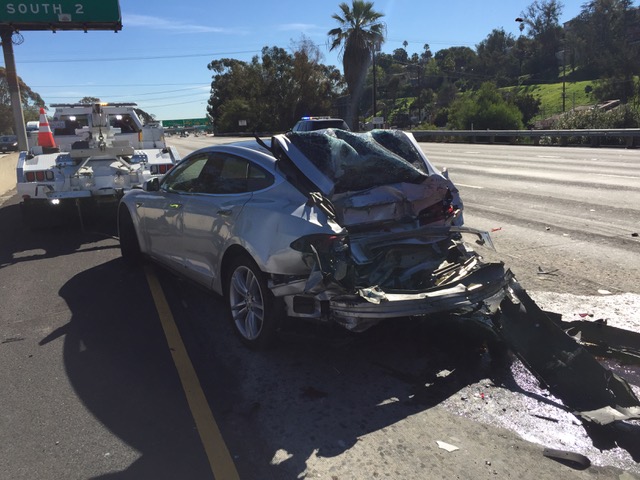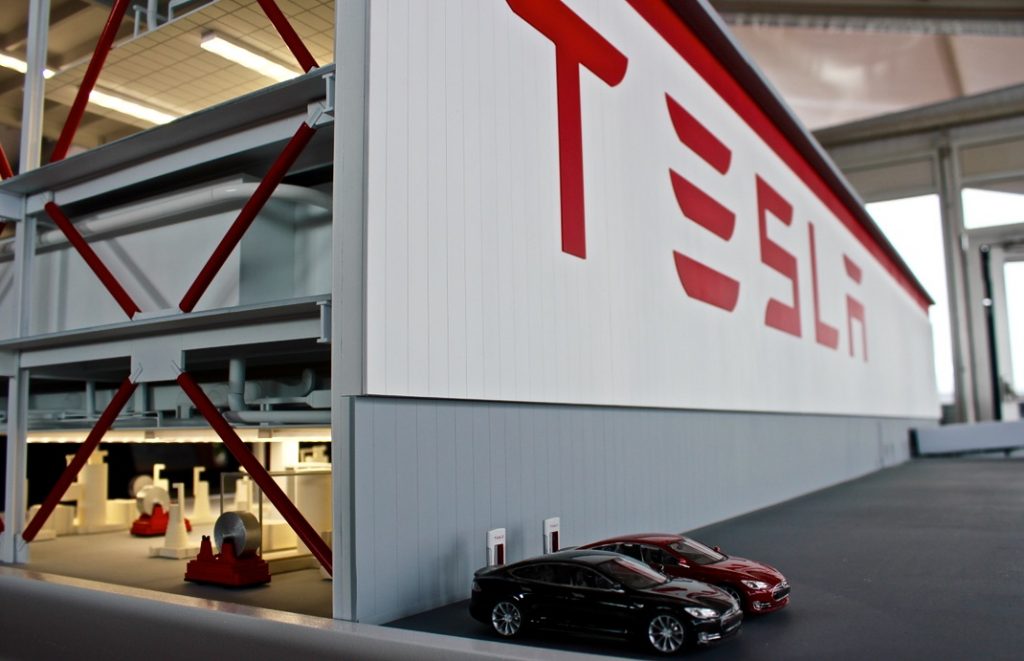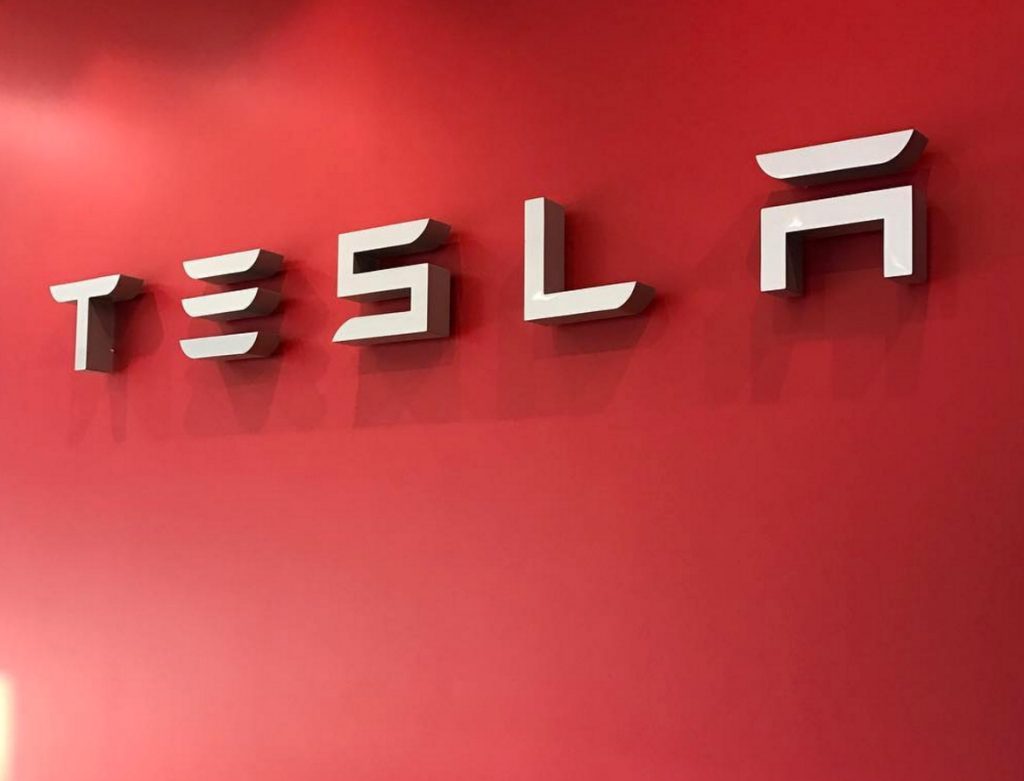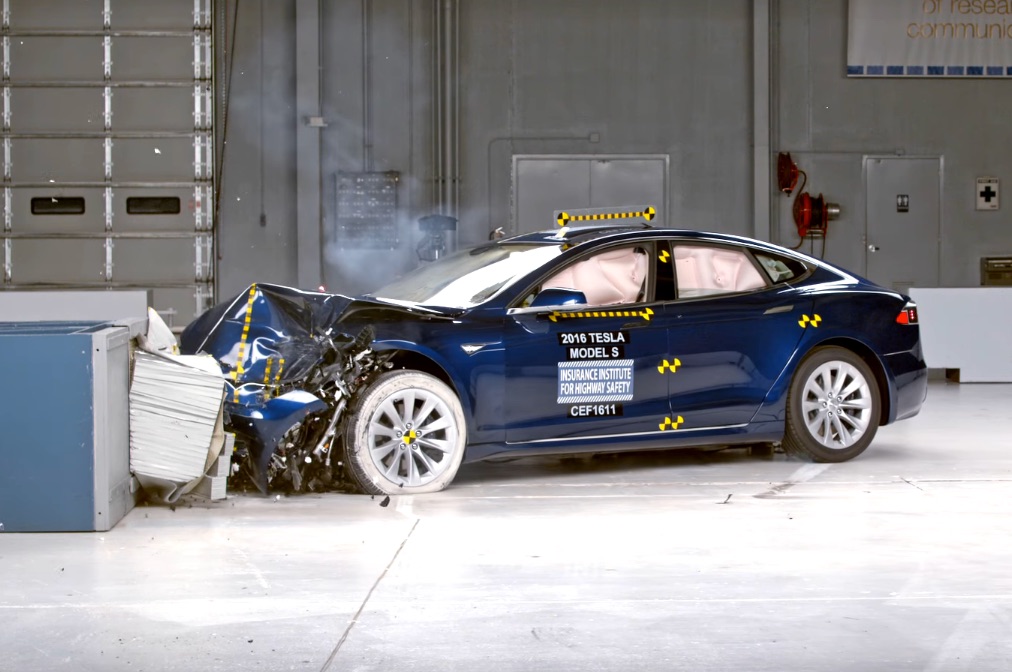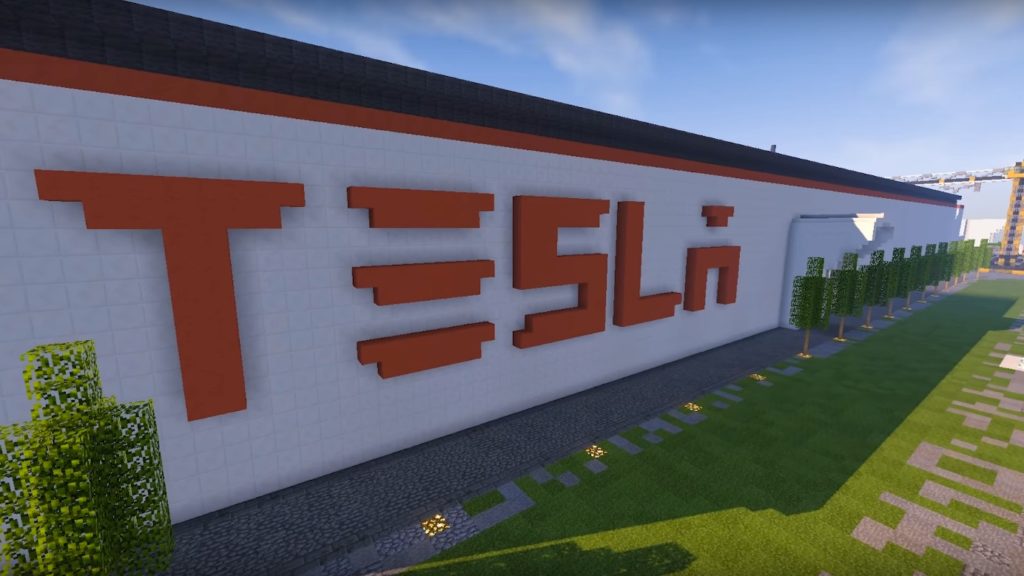News
Tesla top 5: Week in review, February 4
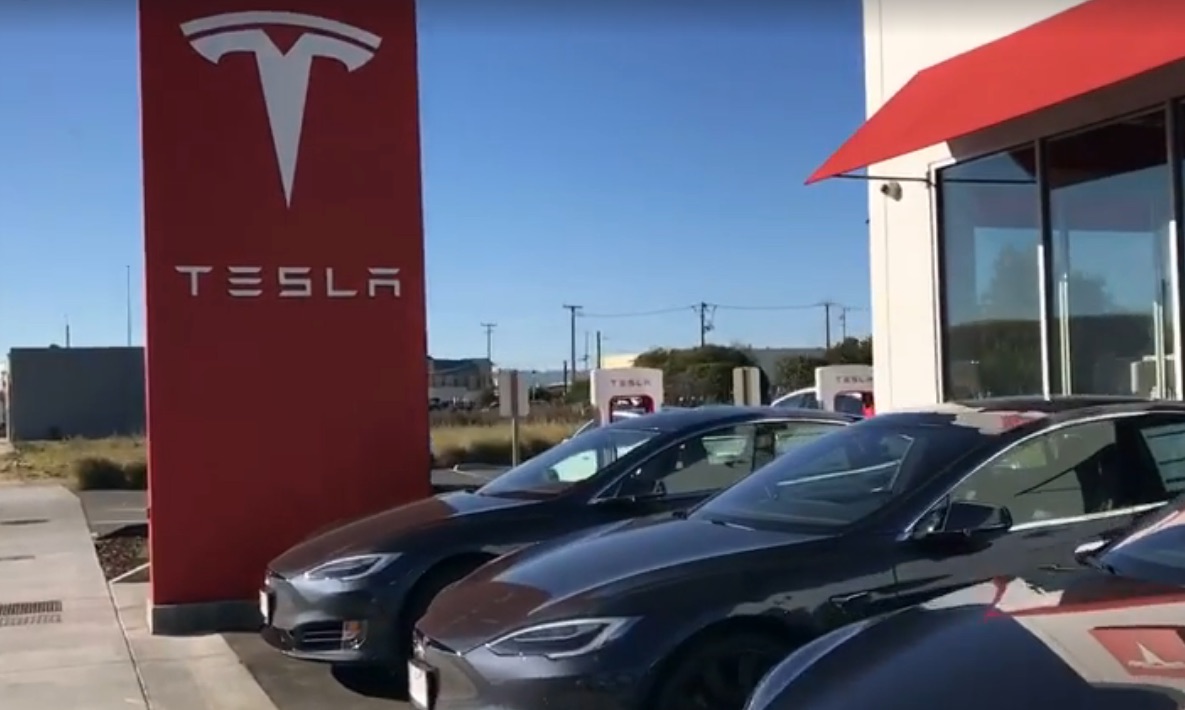
Tesla Model S real-world safety demonstrated after violent rear-end collision
A Reddit user recently posted photos of a Tesla Model S that had a rear-end collision with a Volvo truck. The post concurred with an Insurance Institute of Highway Safety crash test result for the Tesla Model S in which it earned only an “acceptable” rating on its rear crash test. To look at the Reddit photo, one might think that the Tesla Model S does quite well. With a curb weight of 4,647 pounds, the Model S has mass that helped it stand up to a 10-ton truck. The 1,200-lb. flat battery pack strapped to the frame likely was a positive factor, as it reinforces the structural integrity of the vehicle. The Reddit post’s author reported that the driver of the Model S walked away from the collision safe and believes the Tesla saved his life.
Welcome to Tesla, Inc.: We’re more than just electric cars
Tesla announced a corporate name change this week from “Tesla Motors” to “Tesla.” At the time of the company’s founding, the company was positioned as an alternative automobile company. Now, over a decade later, much has changed. With the revised moniker, Tesla confers a broader range of products and services, so that its market reach is much more extensive. Whether it is solar roof tiles, residential and commercial battery systems, or future endeavors such as semi-trucks, electric buses, ride sharing, and tunnel boring, the name Tesla speaks to the company’s overarching goals of clean energy efforts. Musk has repeated how his company will “create stunning solar roofs with seamlessly integrated battery storage, expand the electric vehicle product line to address all major segments, develop a self-driving capability that is 10X safer than manual via massive fleet learning, [and] enable your car to make money for you when you aren’t using it.” The name change now represents that social justice sustainability mission.
Tesla will release 4Q and ’16 full year financial result on February 22
Tesla has announced that on February 22, 2017, it will release Q4 2016 and full year 2016 financial results. First, Tesla will issue a brief advisory, which will include a link to the Q4 as well as a full year 2016 update letter. Each will be posted on the Tesla IR website. To accompany those data releases, the Tesla management will hold a live question and answer webcast that day, scheduled at this writing for 2:30 p.m. Pacific Time (5:30pm Eastern Time). Topics will include the company’s 2016 financial and business results and 2017+ outlook.
Tesla Model S crash test result misses top safety rating by IIHS
The Tesla Model S large luxury sedan earned good ratings in all Insurance Institute for Highway Safety (IIHS) “crashworthiness evaluations” except one: the challenging small overlap front crash test. In that evaluation, it earned just an acceptable rating. Even through Tesla had lengthened the side curtain airbags to improve small Model S overlap protection, it confronted testing issues when the safety belt allowed the dummy’s torso to move too far forward. The results indicated that duplicated real-world injuries would be “possible.” The ratings for the Model S apply to 2016 and 2017 cars built after October 2016. Tesla did make a production change on Jan. 23, 2017 to address the head-contact problem, so IIHS has said they will test the updated vehicle for small overlap protection.
Tesla Gigafactory in Lithuania reimagined within Minecraft game
Tesla’s mission to accelerate the world’s transition to sustainable energy requires production of lithium ion batteries to power their electric vehicles. The Tesla Gigafactory in Nevada began construction on November 4, 2014 and is expected to begin battery cell production by the end of this year. Even before that target production goal, however, Tesla is surveying European locations for a second Gigafactory. Lithuania would like to be chosen as that illustrious manufacturing site, so, to persuade Tesla it is the right fit, a team of Minecraft designers spent two days building a virtual model of Tesla’s Gigafactory. They envisioned Kruonis, Lithuania as the ideal spot for construction due to its “free economic zone, close to two international airports, within close radius of 1.3 million inhabitants.” Sustainable energy sources such as wind power were noted as a perk. Teams from several other European nations are also pitching their concepts to Tesla in the hopes that the next Gigafactory, with its associated job creation, will be in their neighborhoods.

News
Tesla adds new feature that will be great for crowded parking situations
This is the most recent iteration of the app and was priming owners for the slowly-released Holiday Update.
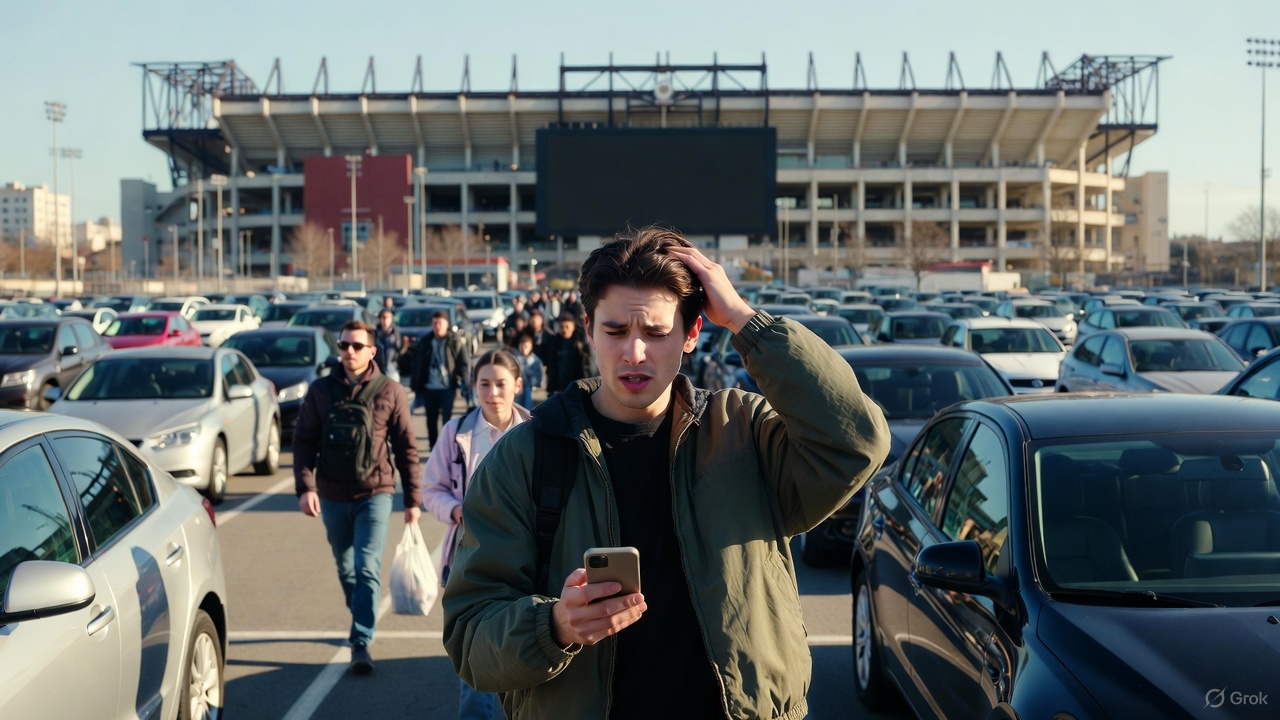
Tesla has added a new feature that will be great for crowded parking lots, congested parking garages, or other confusing times when you cannot seem to pinpoint where your car went.
Tesla has added a new Vehicle Locator feature to the Tesla App with App Update v4.51.5.
This is the most recent iteration of the app and was priming owners for the slowly-released Holiday Update.
While there are several new features, which we will reveal later in this article, perhaps one of the coolest is that of the Vehicle Locator, which will now point you in the direction of your car using a directional arrow on the home screen. This is similar to what Apple uses to find devices:
Interesting. The location arrow in the Tesla app now points to your car when you’re nearby. pic.twitter.com/b0yjmwwzxN
— Whole Mars Catalog (@wholemars) December 7, 2025
In real time, the arrow gives an accurate depiction of which direction you should walk in to find your car. This seems extremely helpful in large parking lots or unfamiliar shopping centers.
Getting to your car after a sporting event is an event all in itself; this feature will undoubtedly help with it:
The nice little touch that Tesla have put in the app – continuous tracking of your vehicle location relative to you.
There’s people reporting dizziness testing this.
To those I say… try spinning your phone instead. 😉 pic.twitter.com/BAYmJ3mzzD
— Some UK Tesla Guy (UnSupervised…) (@SomeUKTeslaGuy) December 8, 2025
Tesla’s previous app versions revealed the address at which you could locate your car, which was great if you parked on the street in a city setting. It was also possible to use the map within the app to locate your car.
However, this new feature gives a more definitive location for your car and helps with the navigation to it, instead of potentially walking randomly.
It also reveals the distance you are from your car, which is a big plus.
Along with this new addition, Tesla added Photobooth features, Dog Mode Live Activity, Custom Wraps and Tints for Colorizer, and Dashcam Clip details.
🚨 Tesla App v4.51.5 looks to be preparing for the Holiday Update pic.twitter.com/ztts8poV82
— TESLARATI (@Teslarati) December 8, 2025
All in all, this App update was pretty robust.
Elon Musk
Tesla CEO Elon Musk shades Waymo: ‘Never really had a chance’

Tesla CEO Elon Musk shaded Waymo in a post on X on Wednesday, stating the company “never really had a chance” and that it “will be obvious in hindsight.”
Tesla and Waymo are the two primary contributors to the self-driving efforts in the United States, with both operating driverless ride-hailing services in the country. Tesla does have a Safety Monitor present in its vehicles in Austin, Texas, and someone in the driver’s seat in its Bay Area operation.
Musk says the Austin operation will be completely void of any Safety Monitors by the end of the year.
🚨 Tesla vs. Waymo Geofence in Austin https://t.co/A6ffPtp5xv pic.twitter.com/mrnL0YNSn4
— TESLARATI (@Teslarati) December 10, 2025
With the two companies being the main members of the driverless movement in the U.S., there is certainly a rivalry. The two have sparred back and forth with their geofences, or service areas, in both Austin and the Bay Area.
While that is a metric for comparison now, ultimately, it will not matter in the coming years, as the two companies will likely operate in a similar fashion.
Waymo has geared its business toward larger cities, and Tesla has said that its self-driving efforts will expand to every single one of its vehicles in any location globally. This is where the true difference between the two lies, along with the fact that Tesla uses its own vehicles, while Waymo has several models in its lineup from different manufacturers.
The two also have different ideas on how to solve self-driving, as Tesla uses a vision-only approach. Waymo relies on several things, including LiDAR, which Musk once called “a fool’s errand.”
This is where Tesla sets itself apart from the competition, and Musk highlighted the company’s position against Waymo.
Jeff Dean, the Chief Scientist for Google DeepMind, said on X:
“I don’t think Tesla has anywhere near the volume of rider-only autonomous miles that Waymo has (96M for Waymo, as of today). The safety data is quite compelling for Waymo, as well.”
Musk replied:
“Waymo never really had a chance against Tesla. This will be obvious in hindsight.”
Waymo never really had a chance against Tesla. This will be obvious in hindsight.
— Elon Musk (@elonmusk) December 10, 2025
Tesla stands to have a much larger fleet of vehicles in the coming years if it chooses to activate Robotaxi services with all passenger vehicles. A simple Over-the-Air update will activate this capability, while Waymo would likely be confined to the vehicles it commissions as Robotaxis.
News
Tesla supplier Samsung preps for AI5 production with latest move
According to a new report from Sedaily, Samsung is accelerating its preparation for U.S. production of the AI5 chips by hiring veteran engineers for its Customer Engineering team.
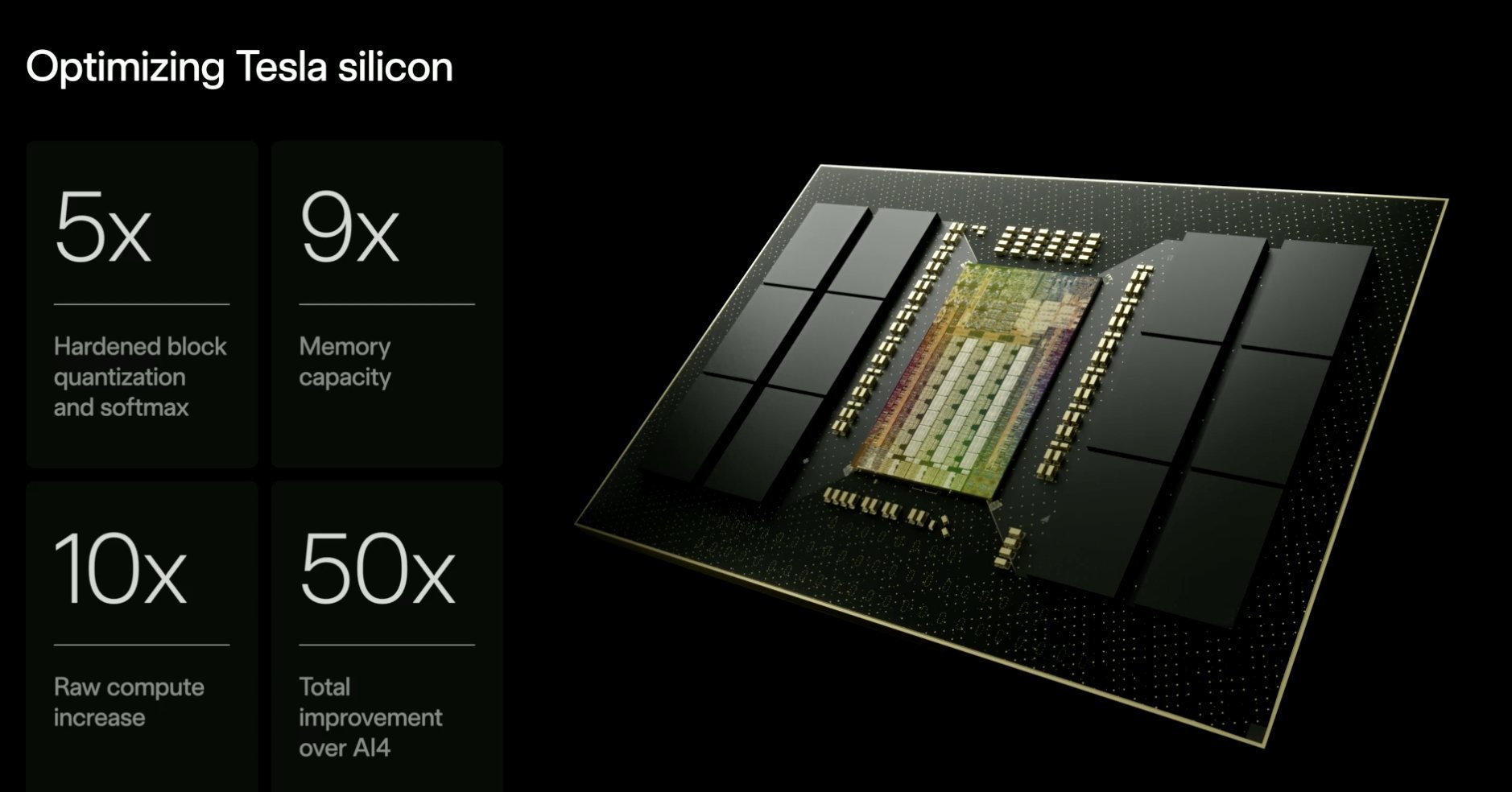
Tesla supplier Samsung is preparing to manufacture the AI5 chip, which will launch the company’s self-driving efforts even further, with its latest move.
According to a new report from Sedaily, Samsung is accelerating its preparation for U.S. production of the AI5 chips by hiring veteran engineers for its Customer Engineering team, which will help resolve complex foundry challenges, stabilize production and yields, and ensure manufacturing goes smoothly for the new project.
The hiring push signals that Tesla’s AI5 project is moving forward quickly at Samsung, which was one of two suppliers to win a contract order from the world’s leading EV maker.
🚨🚨 FIRST LOOK at Tesla’s AI5 chip, which will be available in late 2026 or early 2027 pic.twitter.com/aLomUuifhT
— TESLARATI (@Teslarati) November 6, 2025
TSMC is the other. TSMC is using its 3nm process, reportedly, while Samsung will do a 2nm as a litmus test for the process.
The different versions are due to the fact that “they translate designs to physical form differently,” CEO Elon Musk said recently. The goal is for the two to operate identically, obviously, which is a challenge.
Some might remember Apple’s A9 “Chipgate” saga, which found that the chips differed in performance because of different manufacturers.
The AI5 chip is Tesla’s next-generation hardware chip for its self-driving program, but it will also contribute to the Optimus program and other AI-driven features in both vehicles and other projects. Currently, Tesla utilizes AI4, formerly known as HW4 or Hardware 4, in its vehicles.
Tesla teases new AI5 chip that will revolutionize self-driving
AI5 is specialized for use by Tesla as it will work in conjunction with the company’s Neural Networks, focusing on real-time inference to make safe and logical decisions during operation.
Musk said it was an “amazing design” and an “immense jump” from Tesla’s current AI4 chip. It will be roughly 40 times faster, and have 8 times the raw compute, with 9 times the memory capacity. It is also expected to be three times as efficient per watt as AI4.
“We’re going to focus TSMC and Samsung, initially, on AI5. The AI5 chip, design by Tesla, it’s an amazing design. I’ve spent almost every weekend for the last few months with the chip team working on AI5.”
It will be 40x better than the AI4 chip, Musk says.
— TESLARATI (@Teslarati) October 22, 2025
AI5 will make its way into “maybe a small number of units” next year, Musk confirmed. However, it will not make its way to high-volume production until 2027. AI5 is not the last step, either, as Musk has already confirmed AI6 would likely enter production in mid-2028.
